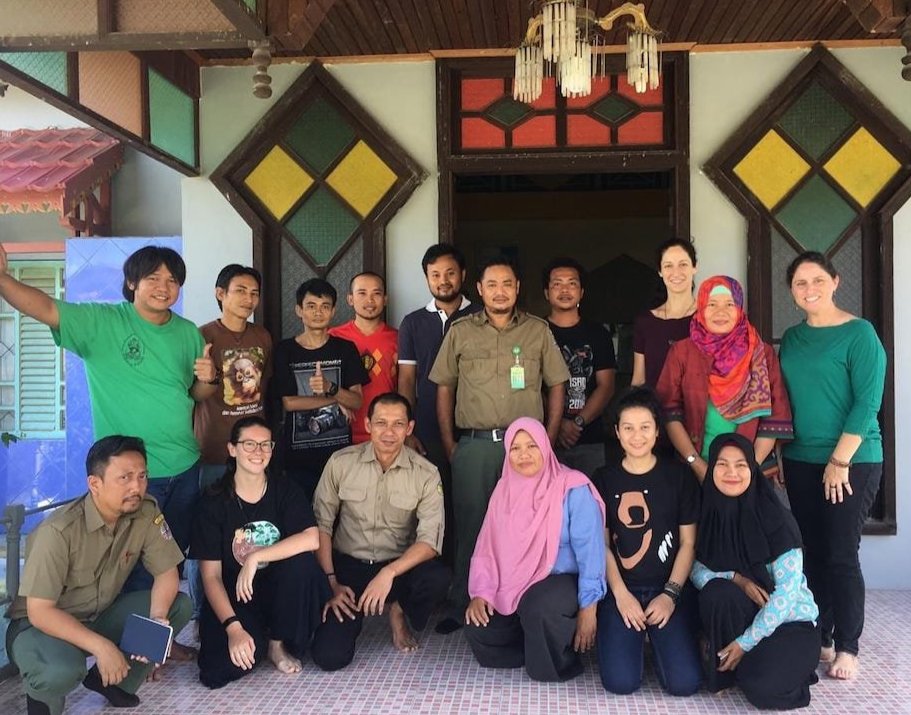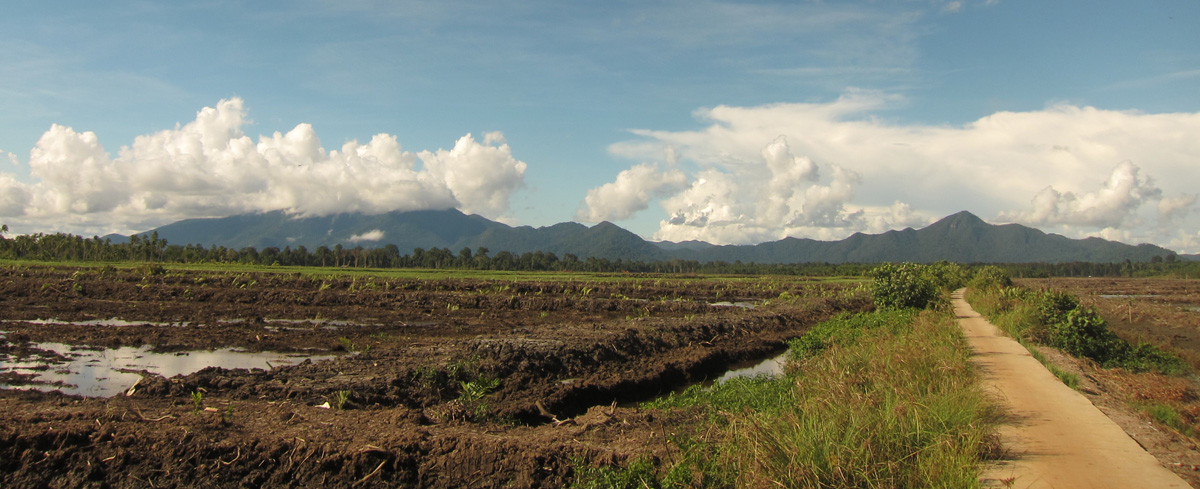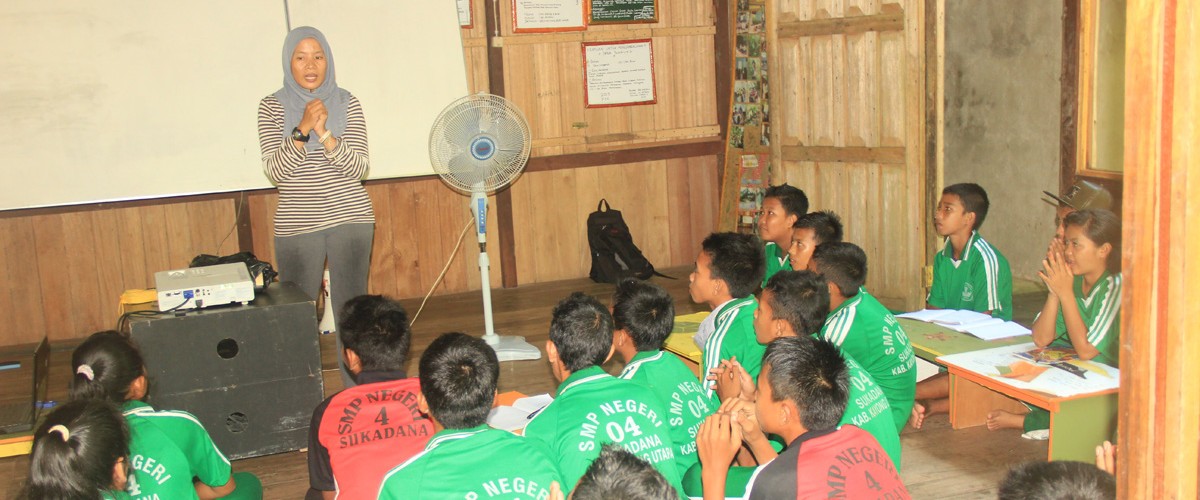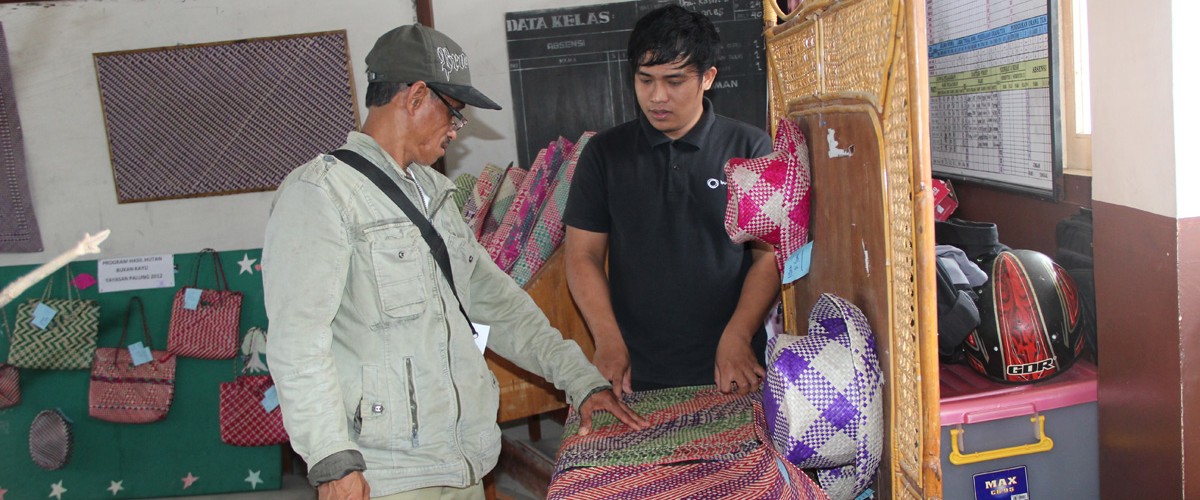By Victoria Gehrke, GPOCP Program Director
Where can I begin in summarizing what I have learned from over a year in Borneo? I’ve learned about culture, kindness, community cohesiveness, communication and how these are intrinsically integrated into conversation success. Environmental conservation is not only an inter-disciplinary practice, but an inherently social one. Not just scientists, but social scientists, good managers and politicians are needed for ideal implementation and follow-through. In my career as a conservation biologist I have been lucky enough to work on a wide variety of projects in different parts of the world. Even though every project differs in approach, management, landscape, ecology, local threats, politics, economy, culture, and history, there are always common themes. These are small lessons learned – but if you had told me when I was a bright-eyed and bushy-tailed ecologist in my early twenties, with a desire and goal to protect wildlife, that I’d be working primarily with humans, I would not have believed you (and much less that I would have loved it!).

Working on the ground allows one to develop special insight into the threats faced by wildlife as well as local perspectives on conservation. My time in Borneo coincided perfectly with a project to survey local communities bordering the National Park to determine orangutan sightings in human-use areas, incidents of Human-Orangutan Conflict (HOC) and perceptions of local community members towards orangutans. The goal of the survey was to evaluate GPOCP’s conservation impact and refine, if needed, our conservation program’s messages and target areas. We expanded the survey to include perceptions of illegal land use, concessions and hunting, adapting the questionnaire from Meijaard’s et al.’s 2011 survey in the West Kalimantan landscape.

Our preliminary analysis of the survey results (thank you to Mr. Paul Thung), reveals some interesting findings. The distance between people’s cash-crops and their households surprised me at first. In many parts of the world farmland is within eyesight, or at most a short walk from the house. So it was a pleasant surprise to see these small landholders go to where the trees already are to harvest their crops, rather than planting mono-culture areas around their houses. This traditional ‘gathering’ style of agro-forestry helps protect these rainforest areas that harbor wildlife, including orangutans. Through our Customary Forest program we help communities establish hutan desa, or ‘village forests’ in these areas that allow local control and prevent conversion to palm oil and industrial agriculture. Despite this name, the forests are often a few hours hike from the actual village and thus in semi-wild landscapes.
Of those families who had gardens adjacent to or within 500m of a forest, our survey found that almost all had experienced visits from orangutans at some point, and all of those orangutans had damaged their crops in some way. But what about the farmers’ reaction to the orangutans destroying their crops? Was GPOCP’s conservation message of protecting orangutans working? The farmers’ behavior revealed a somewhat logical perspective, even if not completely agreeable to conservationists. Anecdotal reports, from personal witnesses on more than one occasion, describe that the ‘level of aggression’ towards orangutans varied according to the relative success of that year’s agricultural yield. If the orangutans visited their garden and caused damage, but the farmer already had a large yield that year, then there was less animosity than in a bad year, even if the same number of crops were damaged or eaten. This variation in response, with a tolerance for sharing when the yield was high, suggests to me that an agricultural buffer garden, supported by the community, might be a successful strategy to mitigate Human-Orangutan Conflict in agricultural landscapes.

Most respondents of the social survey who talked about Human-Orangutan Conflict said they would chase an orangutan away if it entered their garden by making noise, throwing objects, or sometimes by firing a gun. However, they stated that they would not shoot directly at or harm the orangutans, which we consider a conservation success deriving from education and outreach. Furthermore, practically all respondents were aware that orangutans are legally protected in Indonesia, and almost everyone agreed they should be protected. Common reasons provided for why they should be protected included that they are a rare species faced with extinction, are similar to humans in terms of intelligence, are important seed dispersers, and some even said that they don’t disturb people or their gardens – all messages GPOCP tries to convey in our environmental education material! Many respondents also mentioned that orangutans should be protected to prevent people from hunting and killing them, and that they would report it to the authorities if they found protected animals that were hunted, traded, or kept as pets. From my own perspective, after immersing myself in understanding the local threats to orangutans and how GPOCP works to combat those threats, this is a huge conservation success in terms of positive perceptions of orangutans and wildlife.
When asked about hunting for bush-meat or for the pet trade, many survey respondents reported that hunting occurred for animals other than orangutans. They also pointed to outsiders coming in to their villages to hunt illegally. In two of the surveyed villages respondents indicated a strong presence of illegal hunting carried out by employees of oil palm and mining companies. These results show that hunting is not a village-confined activity and that programs which aim to educate and raise awareness, specifically about hunting, should include not only areas which immediately border the National Park, but also employees from local industries. This finding has prompted GPOCP to re-evaluate our conservation awareness strategy, and the first steps have been made for a pilot program to launch environmental education for a local oil palm company who has shown promising steps towards sustainability.

I choose to work for GPOCP because of this fantastic community-based approach. After having seen it up close up, I am even more convinced that this is the key to conservation success. All the credit goes to the tireless managers, their enthusiastic teams and the formidable community leaders! I thought I would most miss the tropical birds, towering trees and monkeys when heading back to Europe, but I find myself missing the Indonesian people the most. I am so thankful for every single person I met in Indonesia, who in every instance taught me something new, from a British jungle girl who spoke Indonesian as fluently as English and could skip up a forested mountain no problem (but constantly tripped up the stairs!), to a fantastically forward-thinking local politician who provided the best sweet tea to entice good natured political debates, to a local English teacher who was as sassy as she was stylish and always greeted me with a smile. I’ll miss the staff regaling me with the latest education expedition or field trip adventure, and hearing stories about who saw which bird over the weekend or who tried some crazy western food. I am so thankful for their patience working with me in my broken Indonesian, and for explaining the endless acronyms that Indonesians have made into what seems like their own second language. Thank you to all the international partners, donors and supporters with whom I have been in contact. You have all taught me new things in one shape or another – life is a never ending opportunity to learn!









